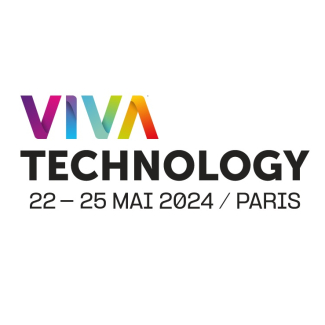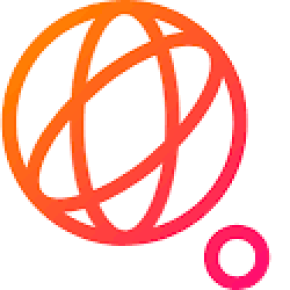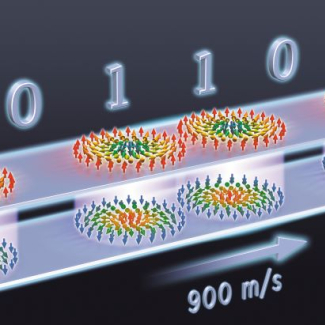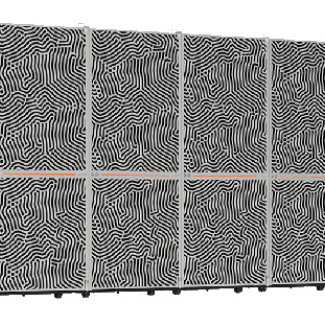
First projects selected for the European initiative on quantum technologies
On October 29, 2018 the European Union announced the projects selected for the FET Flagship on Quantum Technologies, a European research program of unprecedented scope, with funding of one billion euros over ten years. Its objective is to develop quantum technology applications by strengthening partnerships between research and industry, in the fields of measurement, computation, simulation, and information processing and communication. The EU selected twenty projects, nineteen of which are research projects: ten of these research projects are based on French teams, and among these teams thirteen are laboratories affiliated with the CNRS, while two are coordinated by French organizations, Sorbonne Université and Thales.
Quantum physics has already led to many scientific and technological breakthroughs, including the transistor, microprocessor, and laser, among others. These tools and systems are used on a daily basis by all major companies. A new era has now opened in this field thanks to recent research making it possible to control quantum phenomena, and to thus imagine new technological applications.
In order to facilitate the emergence of these groundbreaking technologies, in 2017 the EU launched a call for projects in connection with the FET Flagship on Quantum Technologies. This program seeks to consolidate the position of Europe, as well as that of the first 224 academic and industrial teams selected, in an international scene that is already highly competitive. The transfer of know-how from European laboratories to industry, along with the technological upgrade of systems, both respond to major scientific, socioeconomic, and societal challenges.
The Quantum Technologies initiative is based on four thematic pillars that correspond to various applications of quantum physics: 1) quantum communication, which notably aims to distribute encryption keys proven to be completely secure; 2) quantum computing, which plans to surpass the limits of classical supercomputers and invent the computers of tomorrow; 3) quantum simulation, which aims to discover new medicines, fertilizers, and innovative materials for energy transportation; and 4) quantum metrology and sensing, which is designed, among other things, to explore for mining or petroleum resources, or to analyze the structure of single molecules, with numerous applications in the fields of health and communications.
After a very thorough evaluation process, the EU selected twenty projects, nineteen of which are scientific projects in connection with the Flagship, with two of them being coordinated by French organizations:
- The PhoQuS project by Sorbonne Université
- The ASTERIQS project by the company Thales
French teams are involved in 10 of them, a very satisfying level of success that is comparable to that of other European countries such as Germany, Italy, and Spain. In all, thirteen laboratories affiliated with the CNRS were selected by Quantum Technologies:
- Laboratoire Kastler Brossel (CNRS/ENS Paris/Sorbonne Université/Collège de France)
- Laboratoire Charles Fabry (CNRS/Institut d’Optique Graduate School)
- Laboratoire Aimé Cotton (CNRS/Université Paris Sud/ENS Paris-Saclay)
- Laboratoire matériaux et phénomènes quantiques (CNRS/Université Paris Diderot)
- Laboratoire d’informatique de Paris 6 (CNRS/Sorbonne Université)
- Laboratoire Charles Coulomb (CNRS/Université de Montpellier)
- Institut de physique de Nice (CNRS/Université Côte d’Azur)
- Institut de recherche de chimie Paris (CNRS/Chimie ParisTech)
- Laboratoire de physique de l’ENS de Lyon (CNRS/ENS Lyon/Université Claude Bernard Lyon 1)
- Institut de recherche en informatique fondamentale (CNRS/Université Paris-Diderot)
- Centre de nanosciences et de nanotechnologies (CNRS/Université Paris Sud)
- Laboratoire de Sciences des Procédés et des Matériaux (CNRS)
- La fédération de recherche Paris Centre for Quantum Computing (CNRS)
To learn more on the Quantum Flagship program: https://qt.eu/




